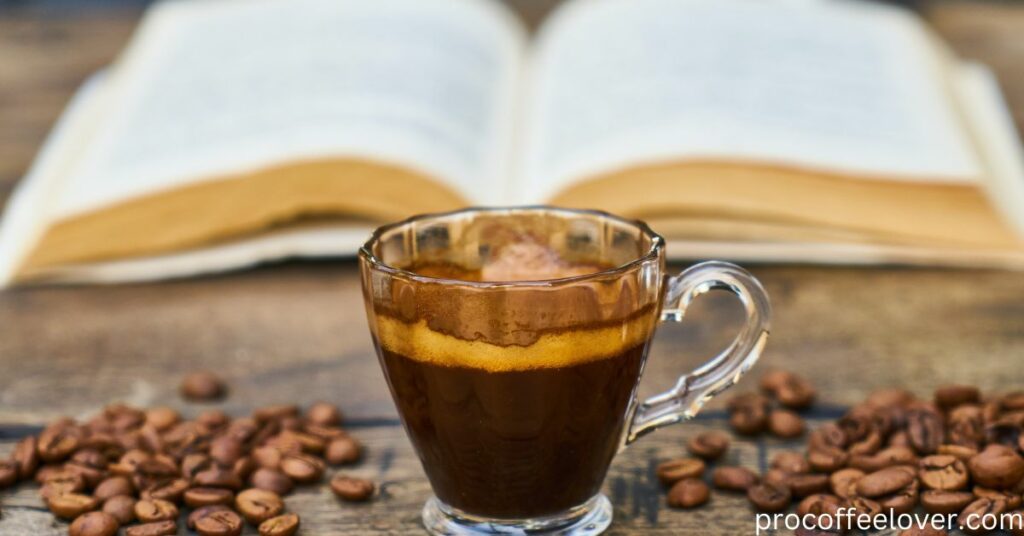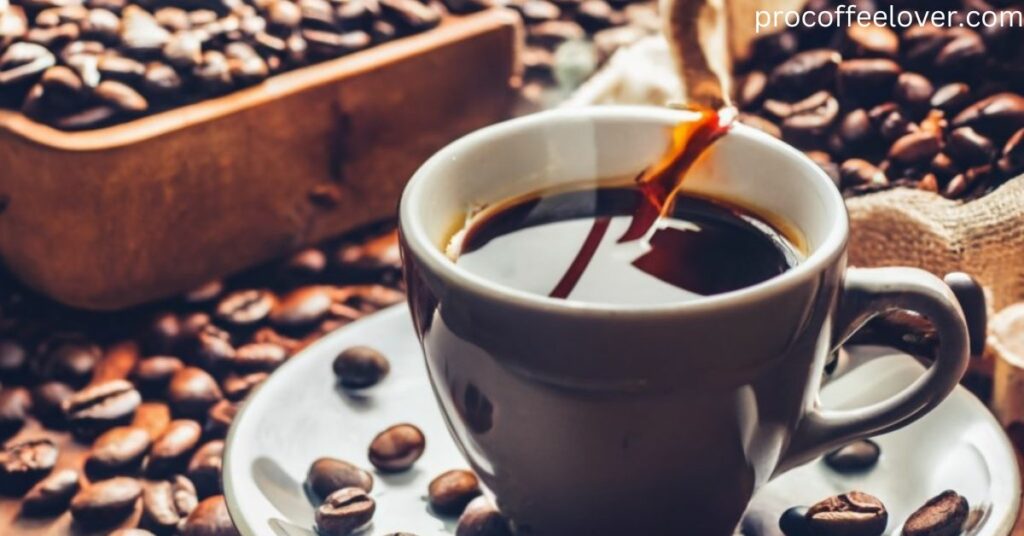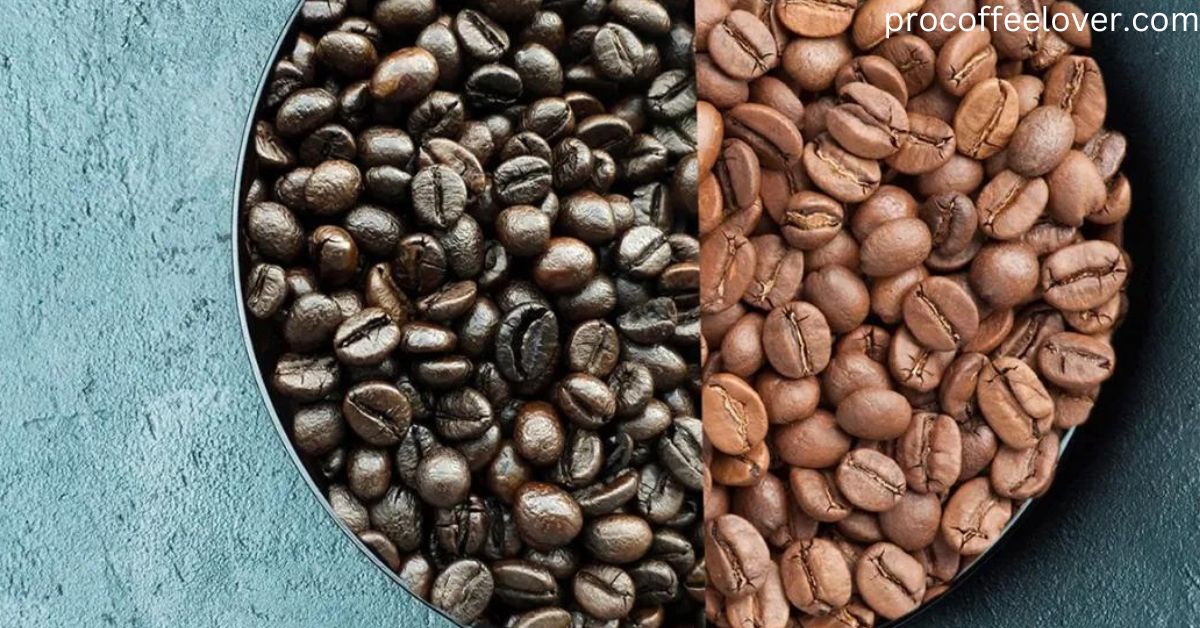Today we will discuss light roast vs dark roast coffee.Have you ever strolled into a charming coffee shop, craving the rich aroma of freshly brewed coffee, only to find yourself at the counter, caught up in a puzzling dilemma of light roast or dark roast? How are they both different? What’s better? What should I order?
However, what makes these options so different and unique in their taste is a secret to most. In this article, we will unveil intriguing differences between light and dark roast coffee, so the next time you order your favorite brew, you can do it confidently and impress your coffee-loving friends as if you’ve been a coffee lover for ages.
Let’s uncover the secrets of light and dark roast coffee together.
Unveiling The Freshness Of Light Roast Coffee

So, what’s the deal with light roast coffee? It’s like a gentle awakening. Weak roast coffee, sometimes called “cinnamon roast” or “half-city roast,” epitomizes a delicate coffee symphony.
It undergoes a shorter and milder roasting process compared to dark roasts. The beans reach temperatures between 385 and 410 degrees Fahrenheit, with the “first crack” around 385 degrees. This initial crack marks the point where the beans become light roast.
Floral Fruity flavors
You should order a light roast coffee if you enjoy the unique floral and fruity flavors on the underside of the caffeine. With a gentle roasting method, the inherent flavors of the coffee’s origin shine through, creating a lively and intricate taste experience.
Because light roast beans spend less time in the roasting machine, they retain more moisture, resulting in a denser coffee. Fair roast coffees are known for their golden brown hue, absence of surface oil, and delicate body.
The Earthy & Countryside Vibe Of Dark Roast Coffee
What do coffee experts mean by dark? As the name suggests, dark roasting involves roasting coffee beans to such an extent that they turn a dark brown color. The formula for dark roast is a temperature that exceeds 430 degrees
Fahrenheit, reaching the “second crack” stage at 440 degrees. This extended roasting period imparts the characteristic dark brown color to the beans.
Dark roast coffee beans spend more time on the roasting machine at higher temperatures than their lighter counterparts, causing them to lose moisture and become less dense. This gives them the coveted dark roast appearance.
Bold, Intense Flavor
Dark roast coffees are recognized by their deep, nearly black beans with a glossy oil coating. They offer a full-bodied, bold, and smoky flavor profile. However, the original flavors from the coffee’s country of origin are often roasted during this process.
Classic, Nutty, And Caramel-Inspired Coffee Bliss

Dark-roasted coffee is your best choice if you enjoy the rich essence of toasted nuts, sweet caramel, and comforting graham crackers. It offers a classic coffee experience reminiscent of those cherished cups served in retro diners or lovingly brewed at home.
The extended roasting journey allows the oils to surface and infuse your coffee, resulting in a luscious, full-bodied richness that makes the coffee thicker and more satisfying.
Time for A Taste Check by Coffee Experts!
Light roasts offer delicate yet intricate flavor profiles compared to dark roasts and are often associated with words like crisp, acidic, floral, and fruity. They have more straightforward flavors due to alterations during roasting.
“Light roast coffee is like a bouquet of freshly picked flowers, with lively citrus and fruity notes that dance on your taste buds.” – Scott Rao, Coffee Expert.
While dark roasts, on the other hand, are occasionally paired up with bitterness and described as bold, smoky, chocolaty, nutty, and robust. However, the offense level can vary based on brew time, coffee-to-water ratio, and grind size.
- “Dark roast coffee exudes a bold, smoky aroma with rich, earthy undertones, like a comforting campfire in a cup.” – Kenneth Davids, Coffee Expert.
Light roasts are typically recommended for pour-over and drip coffee for optimal flavor and a good balance, while dark roasts excel in espresso drinks or those who love to have it along with milk or cream.
Perfect Pairings For Light And Dark Roasts

Enhancing your coffee experience involves choosing the right ingredients to complement light or dark-roast coffee. Here are some delectable pairings for each:
Light Roast Coffee:
Citrus Flavors
Light roast coffee shines with its bright, fruity, and floral notes. Elevate these flavors with a hint of lemon zest, orange peel, or a zesty twist of lime. For a refreshing twist, consider a splash of freshly squeezed citrus juice. Also,see more about can you make tea in a coffee maker.
Baked Goods
Indulge in the world of baked goods with light roast coffee. Pastries like croissants, scones, and fruit-filled delights resonate with the coffee’s delicate profile, enhancing its buttery and fruity undertones.
Fruitful Desserts
Light roast coffee’s inherent fruitiness finds a perfect match in fruit-based desserts. From delectable berry tarts to classic apple pie and zesty citrus-infused cheesecakes, these desserts are elevated by the coffee’s vibrant fruit notes.
Dark Roast Coffee
Chocolate Indulgence
Dark roast coffee’s bold, chocolaty notes beg for companionship with dark chocolate, chocolate pastries, or decadent treats like brownies and rich chocolate mousse. The bitterness of dark chocolate complements the coffee’s intense character.
Caramel Drizzle
Dark roast coffee’s smoky and caramel-like qualities come alive with a drizzle of caramel syrup or adding toffee pieces. This sweet infusion creates a comforting and warm counterbalance to the coffee’s robust intensity.
Spices
Dark roast coffee’s boldness harmonizes with a touch of spices like cinnamon, nutmeg, and cloves. Adding a pinch of these aromatic spices creates a journey of spice and richness. You can also explore spiced cookies or gingerbread for an extra layer of flavor.
Also”see more about Breve Vs. Latte.
Grilled Delights
While unconventional, dark roast coffee’s smoky and bold flavors surprisingly pair well with grilled meats. Consider enjoying your dark roast coffee with a hearty breakfast featuring bacon or sausages, especially if they have smoky or charred notes.
Nuts
Roasted nuts like walnuts, peanuts, or cashews align perfectly with dark roast coffee. The earthy and nutty qualities of coffee and the nuts combine to create a satisfying and harmonious pairing.
Choosing ingredients to accompany your light or dark roast coffee is a matter of personal taste. Feel free to experiment, as coffee offers endless possibilities for creating your ideal coffee experience.
Whether you’re a fan of light roast’s vibrant, nuanced flavors or the bold, smoky allure of dark roast, there’s a pairing waiting to be discovered, enhancing your love for coffee. Don’t hesitate to explore these delightful combinations and find what tickles your taste buds just right.
Debunkings Myths
Does Dark Roasting Burn off Caffeine Content?
Misconceptions often swirl around which roast boasts a higher caffeine content. Some believe darker beans pack more punch, while others have heard that roasting burns off caffeine, making light roasts the more potent stimulant.
In truth, dark roasts generally end up with slightly less caffeine after roasting, but the difference is minimal. Dark roast beans typically puff up with air and expand as they’re heated, making their volume more and weightless. Giving the idea that caffeine content may have decreased. At the same time, that’s not the case at all!
Is Dark Roast Stronger?
One of the most commonly heard myths in coffee is the belief that ‘dark roast coffee is stronger and more caffeinated.’ Although this common belief is widely popular, it must be accurate.
The misconception is rooted in the noticeable bitterness often accompanying dark roast coffee, resulting from the beans undergoing an intense roasting process at high temperatures.
It’s important to emphasize that coffee strength is not solely a product of the roast level but an intricate interplay of multiple factors. Beyond the roast’s depth, variable factors such as brewing time, the coffee-to-water ratio, and the grind size all wield substantial influence over the final taste.
These factors can lead to a varying range of flavor profiles, resulting in differing bitterness and caffeine content levels.
Is Dark Roast Coffee Unhealthy?
A common myth associated with dark roast’s bitterness is that dark roast is unhealthy. It’s assumed that rotating kills the health benefits generally found in coffee. At the same time, that’s further from the truth. Dark roast coffee is only sometimes good for your health. In reality,
it shares potential health benefits with other coffee roasts. Although roasting dark beans for more extended periods at higher temperatures affects their taste and some chemical aspects, it doesn’t make them unhealthy. Just like with any food or drink, the important thing is to consume dark roast coffee in reasonable amounts.
It’s A Wrap!
Choosing between light and dark roast coffee goes beyond mere preference; it’s a personal journey. Weak roast coffee invites exploration of the bean’s origin, revealing vibrant and nuanced flavors. In contrast, dark roast coffee embarks on an adventurous path of boldness and smokiness.
As coffee enthusiasts, it’s our role to dispel myths, grasp diverse brewing techniques, appreciate the coffee’s place of origin, and embrace evolving tastes. Coffee’s charm lies in its endless variety,
catering to every palate. Savoring it is a unique voyage that every coffee lover embarks upon. Whether you prefer the bright, intricate notes of a light roast or the bold, smoky allure of a dark roast, the world of coffee offers something for everyone.
Are you ready to become a coffee connoisseur and order your next cup like a pro?
